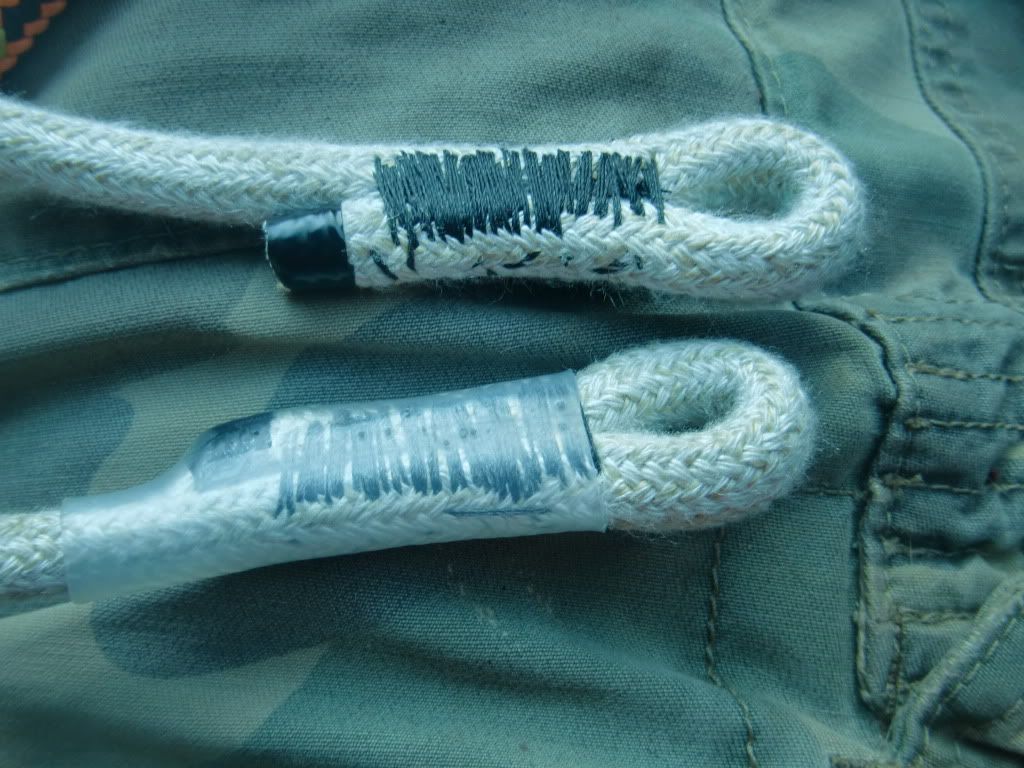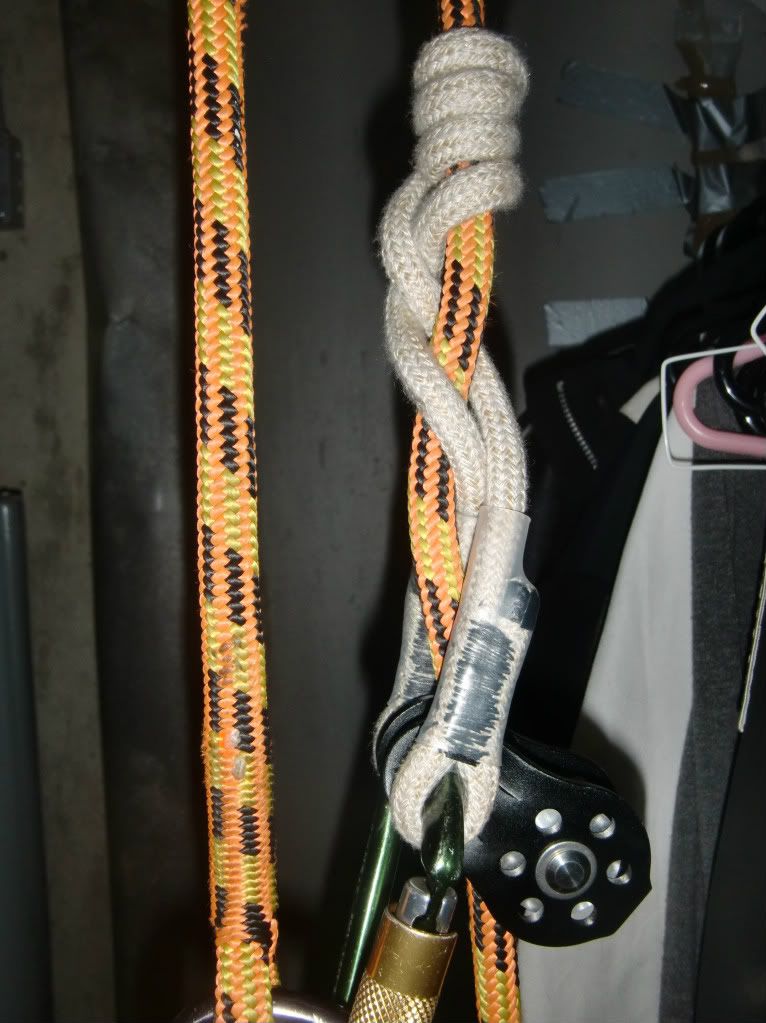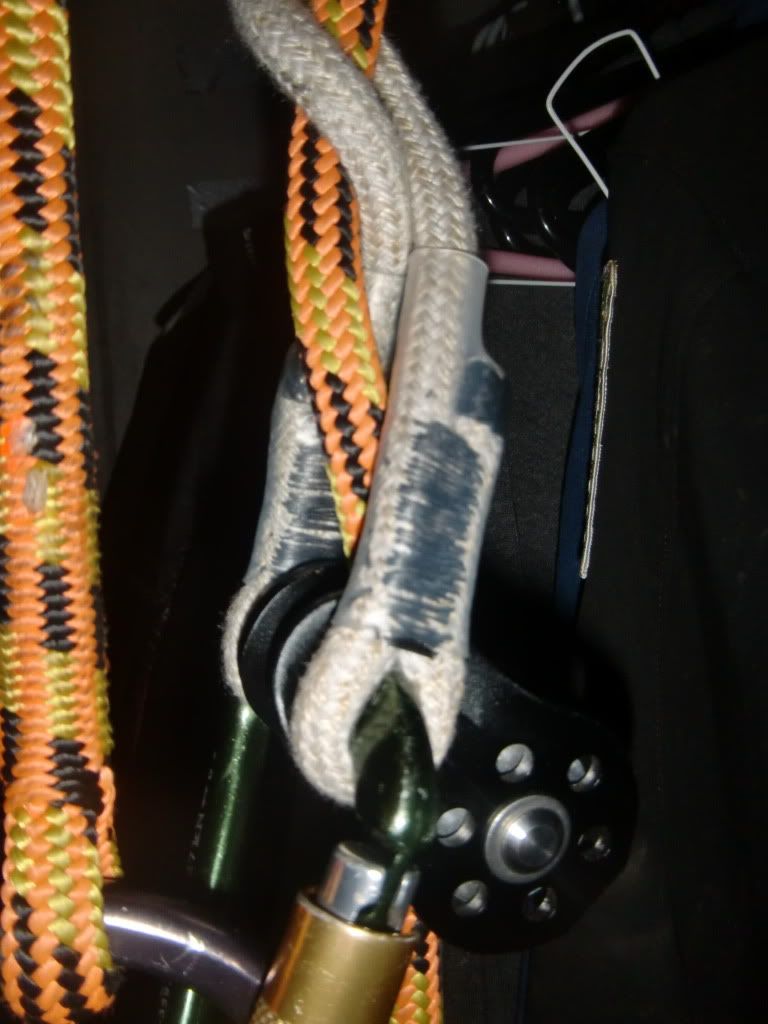chad556
ArboristSite Operative
Just thought I would share my latest project: Homemade Sewn Splices.
Each splice took me about 20 minutes to sew. No special tools were necessary. Just a regular sewing needle (pretty big one), needle nose pliers for pulling and pushing the needle when it got tough, and the most heavy duty upholstery thread I could find. About $10 total for all necessary equipment at the fabric store and I still have enough thread for at least 20 more splices by the look of it.
and I still have enough thread for at least 20 more splices by the look of it.
Here are some pictures
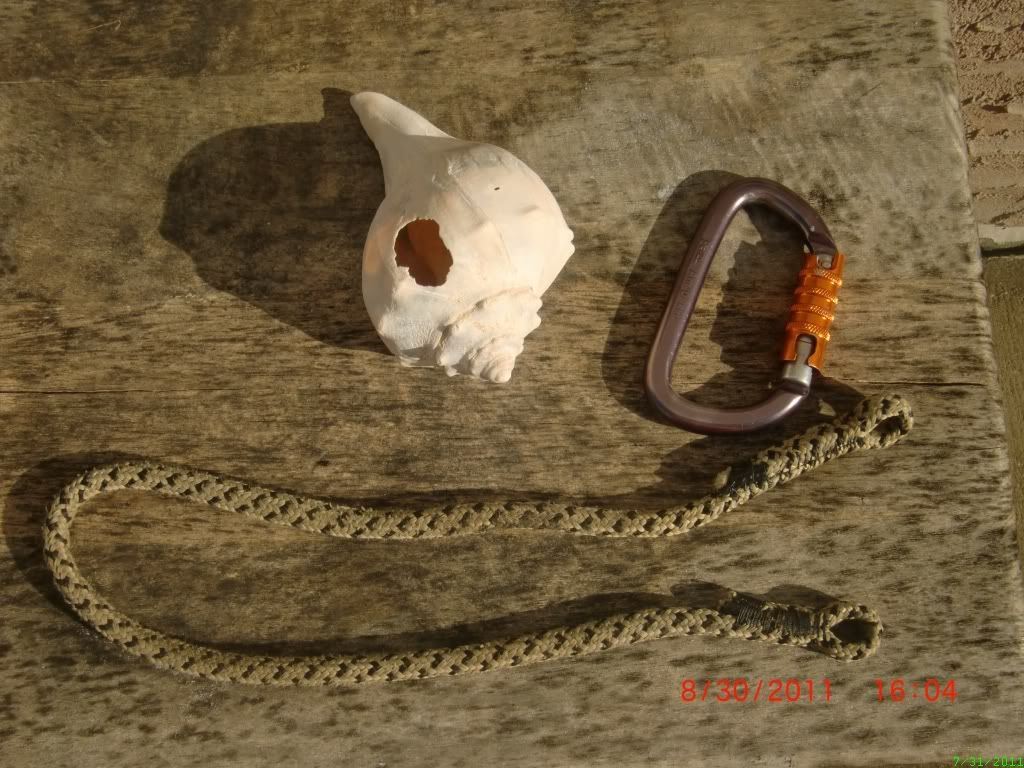
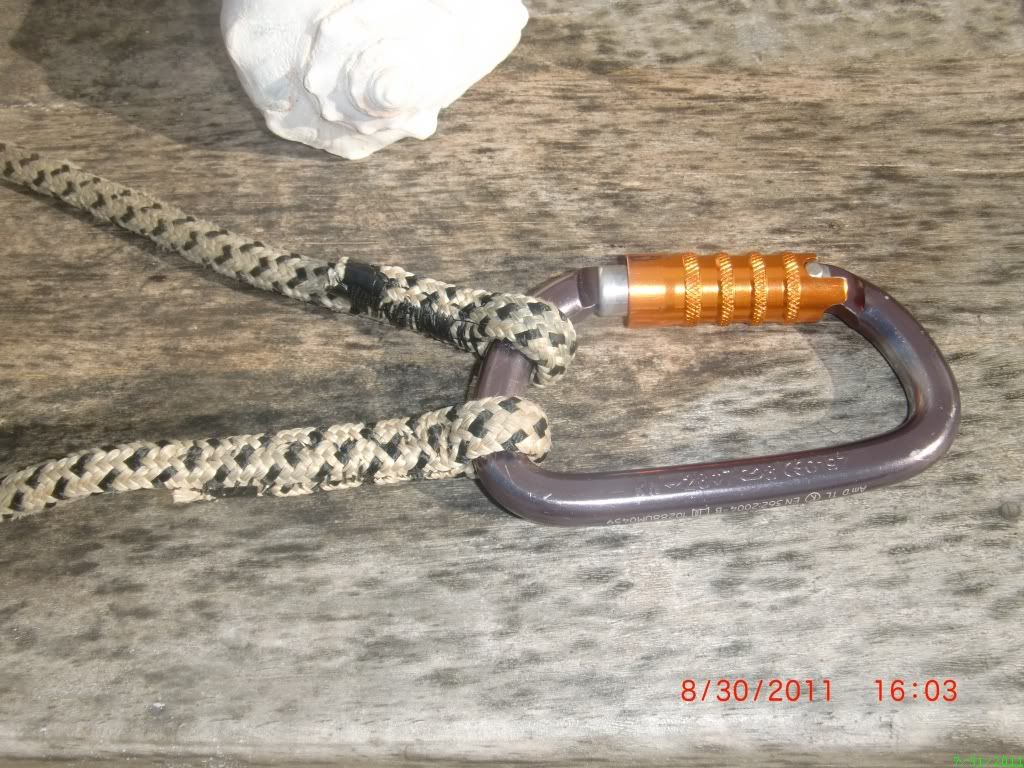
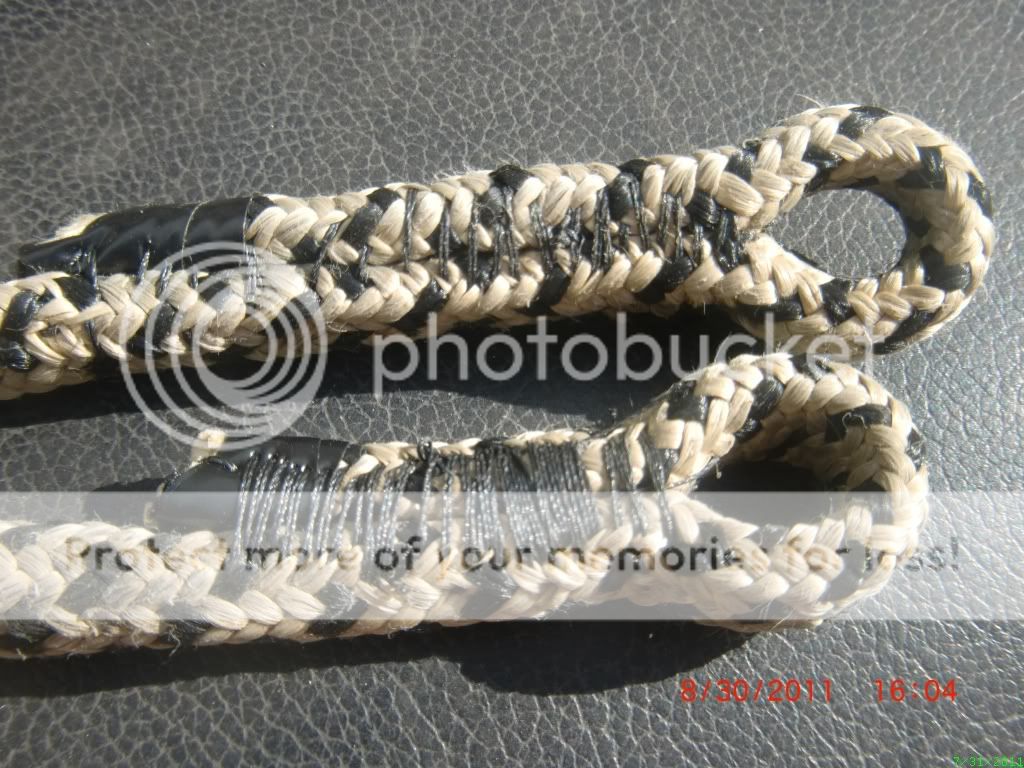
Now i know what you're thinking, and don't worry, I am not going to hang my life on these just yet. I plan on doing a couple low and slow field tests to see how the stitching holds up. I will also use the knut hitch for added safety. One of the only hitches i have found that wont immediately unroll if one end of the splittail comes loose. You will notice that i have used two distinct different methods of stitching as well. My ultimate goal will be to destroy one or both of these splices somehow and determine what can be done to improve them and try to see which method is best and why. Or the best case scenario is that the rope or the eye will break before the splice/stitching and i will know that I have a solid splicing technique.
If you look closely you will notice that I stitched across two perpendicular planes in both splices. On one I split the stitches evenly between planes and on the other I just did a little straight through both ropes and a generous amount around both the ropes (the way the machine does it).
Also, I have ordered a bunch of heat shrink tubing from wesspur and I plan on using that over the stitching to prevent premature abrasion
Well thats about it for now, what do you guys think?
Each splice took me about 20 minutes to sew. No special tools were necessary. Just a regular sewing needle (pretty big one), needle nose pliers for pulling and pushing the needle when it got tough, and the most heavy duty upholstery thread I could find. About $10 total for all necessary equipment at the fabric store
Here are some pictures



Now i know what you're thinking, and don't worry, I am not going to hang my life on these just yet. I plan on doing a couple low and slow field tests to see how the stitching holds up. I will also use the knut hitch for added safety. One of the only hitches i have found that wont immediately unroll if one end of the splittail comes loose. You will notice that i have used two distinct different methods of stitching as well. My ultimate goal will be to destroy one or both of these splices somehow and determine what can be done to improve them and try to see which method is best and why. Or the best case scenario is that the rope or the eye will break before the splice/stitching and i will know that I have a solid splicing technique.
If you look closely you will notice that I stitched across two perpendicular planes in both splices. On one I split the stitches evenly between planes and on the other I just did a little straight through both ropes and a generous amount around both the ropes (the way the machine does it).
Also, I have ordered a bunch of heat shrink tubing from wesspur and I plan on using that over the stitching to prevent premature abrasion
Well thats about it for now, what do you guys think?





